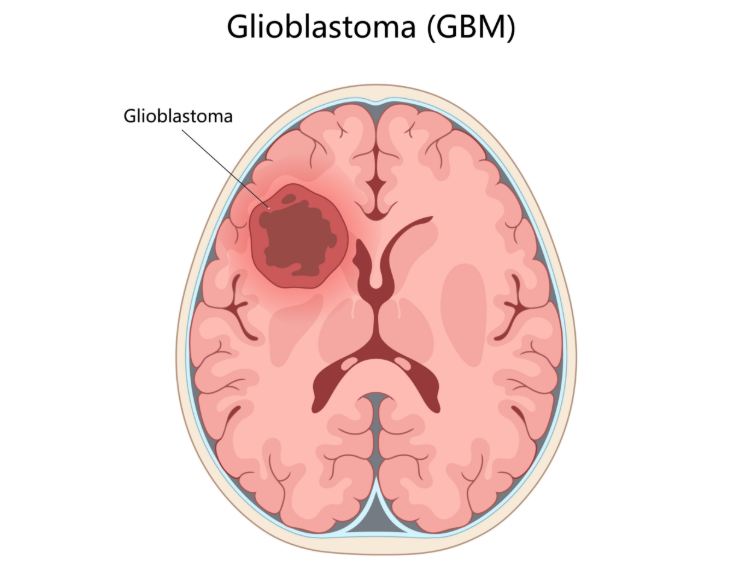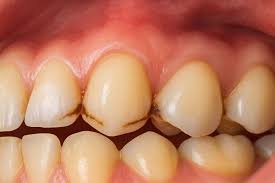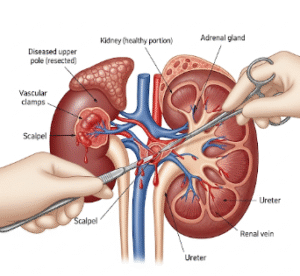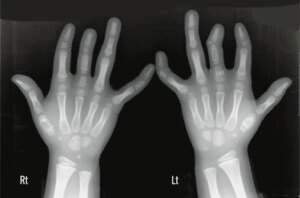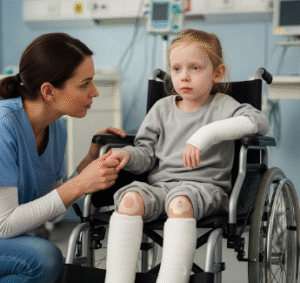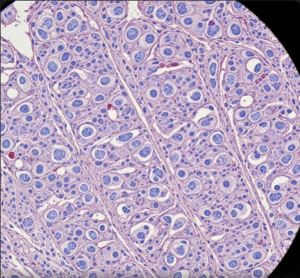Overview
Glioblastoma (GBM) is the most aggressive and common primary brain tumor in adults. Despite advancements in medical research and healthcare infrastructure, GBM remains challenging to treat due to its rapid progression and resistance to conventional therapies. In South Korea, ongoing research and clinical trials aim to improve treatment outcomes and survival rates for individuals affected by GBM.
What is Glioblastoma?
Glioblastoma is a high-grade glioma characterized by rapid growth and a tendency to invade surrounding brain tissue. It is classified as a grade IV astrocytoma by the World Health Organization. GBM commonly occurs in the cerebral hemispheres but can develop in any part of the brain or spinal cord.
Symptoms
The symptoms of glioblastoma vary depending on the tumor’s location but may include:
- Persistent headaches
- Nausea and vomiting
- Seizures
- Cognitive or personality changes
- Weakness or numbness in limbs
- Vision or speech difficulties
Causes
The exact cause of glioblastoma is not fully understood. However, several factors may contribute to its development:
- Genetic mutations: Alterations in genes such as TP53, EGFR, and PTEN have been associated with GBM.
- Previous radiation exposure: Individuals who have undergone radiation therapy to the head for other cancers may have an increased risk.
- Genetic syndromes: Conditions like neurofibromatosis type 1 and Li-Fraumeni syndrome can predispose individuals to glioblastoma.
Risk Factors
Certain factors may increase the risk of developing glioblastoma:
- Age: Most commonly diagnosed in individuals aged 45–70 years.
- Gender: Slightly more prevalent in males.
- Family history: A family history of brain tumors may increase risk.
- Exposure to chemicals or toxins: Occupational exposure to certain chemicals may elevate risk.
Complications
If left untreated or inadequately managed, glioblastoma can lead to:
- Neurological deficits: Impairments in motor skills, speech, or vision.
- Increased intracranial pressure: Leading to headaches, nausea, and vomiting.
- Seizures: Due to abnormal electrical activity in the brain.
- Cognitive decline: Memory loss, confusion, and personality changes.
Prevention
While there is no known way to prevent glioblastoma, certain measures may reduce risk:
- Limit exposure to radiation: Avoid unnecessary head radiation.
- Protective gear: Use appropriate protective equipment in occupational settings.
- Healthy lifestyle: Maintain a balanced diet and regular exercise to support overall health.
Treatment Options in Korea
South Korea offers state-of-the-art medical care for glioblastoma, with leading hospitals providing comprehensive treatment options:
- Diagnosis:
- Magnetic Resonance Imaging (MRI): To identify tumor location and size.
- Computed Tomography (CT) scans: For detailed brain imaging.
- Biopsy: To obtain tissue samples for histopathological examination.
- Treatment Modalities:
- Surgical Intervention: Removal of the tumor when feasible, aiming to reduce tumor mass and alleviate symptoms.
- Radiation Therapy: Utilization of high-energy rays to target and destroy cancer cells.
- Chemotherapy: Administration of drugs like temozolomide to kill cancer cells or inhibit their growth.
- Targeted Therapies: Emerging treatments focusing on specific genetic mutations within the tumor cells.
- Clinical Trials: Participation in ongoing research studies may provide access to new therapies and contribute to advancing medical knowledge.
- Rehabilitation Services: Post-treatment support, including physical, occupational, and speech therapy, to aid in recovery and improve quality of life.

